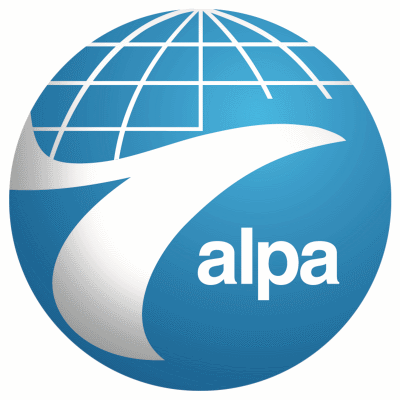Sun, May 15, 2022
Outlines Measures to Foster an Accessible, Diverse, and Inclusive Pilot Workforce
Testifying Friday before the Senate Commerce, Science, and Transportation’s Aviation Safety Subcommittee, the Air Line Pilots Association, Int’l (ALPA) outlined a plan to reduce the costs of becoming an airline pilot and create a more diverse and inclusive air transportation workforce while ensuring that the United States continues to stand as the unquestioned global leader in aviation safety.

“Thanks to the Payroll Support Program and its strong worker protections, the United States has enough pilots today to meet demand—in fact, more than 1.5 pilots for every job,” said First Officer Paul Ryder, secretary for ALPA’s United Airlines pilot group. “But today’s supply of pilots doesn’t mean that we don’t need to do all we can to build a strong pilot workforce for the future. ALPA has a plan to break down those barriers, create opportunity, and build a strong pipeline of qualified aviators, while protecting the high level of safety in the U.S. air transportation system. Some argue that we must lower standards to open the doors of opportunity—we flatly reject that.”
During the field hearing called by Sen. Kyrsten Sinema (D-AZ), ALPA reiterated steps needed to ensure that the nation’s pilot pipeline remains robust and is welcoming to all, particularly to those who have traditionally been underrepresented in the profession. To help aspiring aviators, ALPA is calling on the U.S. government to align federal funding for pilot academic education and training with that of other highly skilled professions.
ALPA asserts that the government:
- Must do more to provide federal financial assistance for academic instruction and flight training for students pursuing two- and four-year degrees.
- Should provide an opportunity for pilots to work for airlines that serve the public need in exchange for student loan forgiveness.
- Should also increase subsidized loans for flight training and ensure that unsubsidized loans do not accrue interest while students are in school.
“As the United States works to expand its pilot workforce, it must protect our industry’s extraordinary safety record. The success of first officer qualification requirements and pilot training that were developed by the regulator, airlines, and labor have helped make U.S. air transportation the safest in the world. Some suggest we must choose between safety and opportunity. That is a false choice,” added Ryder.
More News
How To Get A Story On Aero-TV News/Feature Programming How do I submit a story idea or lead to Aero-TV? If you would like to submit a story idea or lead, please contact Jim Campbel>[...]
“As the excitement builds for the world of flight returning to Oshkosh in 2026, we wanted to ensure that advance tickets are available for those who enjoy giving AirVenture t>[...]
North Atlantic High Level Airspace (NAT HLA) That volume of airspace (as defined in ICAO Document 7030) between FL 285 and FL 420 within the Oceanic Control Areas of Bodo Oceanic, >[...]
Also: Cosmonaut Kicked Out, Airbus Scales Back, AF Silver Star, Russian A-60 Clobbered A Samaritan’s Purse humanitarian flight was hijacked on Tuesday, December 2, while atte>[...]
Also: IAE Acquires Diamond Trainers, Army Drones, FedEx Pilots Warning, DA62 MPP To Dresden Tech Uni The danger to the flight training industry and our future pilots is clear. Dona>[...]
 ANN FAQ: Contributing To Aero-TV
ANN FAQ: Contributing To Aero-TV Aero-News: Quote of the Day (12.10.25)
Aero-News: Quote of the Day (12.10.25) ANN's Daily Aero-Term (12.10.25): North Atlantic High Level Airspace (NAT HLA)
ANN's Daily Aero-Term (12.10.25): North Atlantic High Level Airspace (NAT HLA) Airborne 12.08.25: Samaritans Purse Hijack, FAA Med Relief, China Rocket Fail
Airborne 12.08.25: Samaritans Purse Hijack, FAA Med Relief, China Rocket Fail Airborne-Flight Training 12.04.25: Ldg Fee Danger, Av Mental Health, PC-7 MKX
Airborne-Flight Training 12.04.25: Ldg Fee Danger, Av Mental Health, PC-7 MKX



